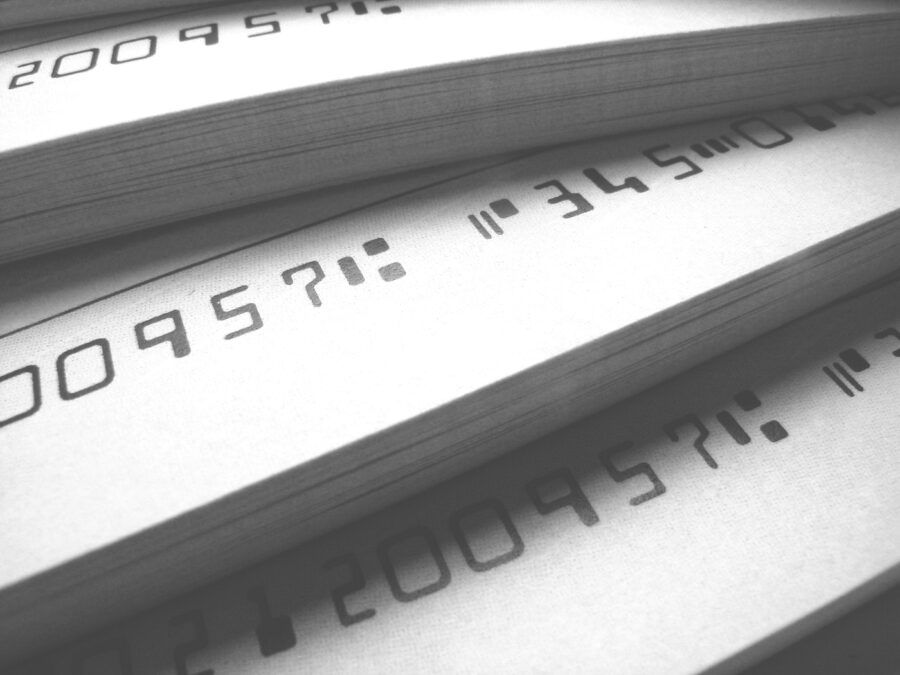In this article:
A routing number is a nine-digit number that identifies your bank, credit union or other financial institution. Along with an account number, a routing number appears on your bank account and checks and is designed to ensure payments are easily made between accounts at different financial institutions. While routing numbers are often associated with personal or business checks, they're used with digital payments as well.
What Is a Routing Number?
A routing number is a nine-digit code that is used to identify a bank. No routing number is the same; they're all unique.
Routing numbers have been around since the American Bankers Association devised the concept back in 1910. The routing number, along with an individual checking or savings account number, helps financial institutions locate the bank that the check or digital payment is coming from.
Find Digital Checking Accounts
When Do You Need Your Routing Number?
While routing numbers were originally designed for paper checks, you may need your routing number today for a variety of reasons. Some of those scenarios include:
- Paying bills individually online
- Setting up automatic online bill payments
- Setting up direct deposit
- Making a wife transfer
- Writing a check
Where to Find Your Routing Number
You'll find the routing number in a variety of places:
- Personal checks: The nine-digit routing number will be on the bottom left of a personal check.
- Your bank's app: Once you log in to your account, it should be listed among your account information.
- Bank statements: It also may be on your paper or digital bank statement, often near the account number and possibly in the upper corner.
- On your bank's website: Banks generally have a routing number for each part of the country they are located in. If your bank has branches in multiple locations, its website likely has a routing number directory where you can find your specific routing number.
Where Is the Routing Number on a Check?
There is a string of numbers at the bottom of a personal check. The first number of this string is the nine-digit routing number.
To the right of the routing number in the middle of the check, you'll see your individual account number. The number on the right of this string, typically only three or four digits, should be the check number (you can match this up with the check number that appears in the upper right corner of the check).
Do Credit Cards Have Routing Numbers?
No, credit cards do not have routing numbers. The long number you'll see on a credit card, usually ranging from 15 to 21 digits, is a mix of your account number and a number identifying the issuer of the credit card.
The Bottom Line
Routing numbers are an important part of the banking system, as they assist banks in keeping track of who is paying whom. It's really a tool for financial institutions, and you don't have to memorize yours, but you may need to provide it when you set up online recurring payments.
Another number is important to your financial health: your credit score. Keep tabs on your credit score by signing up for free credit monitoring with Experian. You'll be alerted to changes to your credit file so you can take action if necessary.


